We understand that more efficient structures can lead to reduced energy consumption. However, we also increasingly understand there is much more to the equation than heating or cooling and the power source. Material selection is a major part of the undertaking and often overlooked. Fortunately, that means there are outsized gains to be realized by shifting the paradigm to materials that actually store carbon.
A recent report from Chris Magwood of the Endeavour Centre identifies the issues with up-front embodied carbon but also quickly moves to a discussion on solutions. (You can also click HERE for the downloaded version).
In sum, buildings add to the climate crisis in 3 ways: up-front embodied carbon; energy efficiency and fuel source emissions. The net result can now be measured against carbon use intensity (CUI) which is up-front embodied carbon emissions + operational carbon emissions.
The up-front carbon space is where we can affect serious change through varied material selection.
Upon review, you will note there is no mention of wool. We are down but not out by this finding. First, utmost respect goes to Chris for knowing his findings would be scrutinized and therefore wanting to ensure the supporting data was readily available. Frankly, we know a lot about wool fibers and their inherent characteristics – including a carbon sink, but there is no life cycle data for wool as it relates to any specific role in thermal insulation. As such, you will not find some glaringly positive mention of wool insulation in the document. In fact, you’ll find no mention at all.
So why bring this up as a wool insulation manufacturer? Two simple reasons. One, everyone should know about these findings and adjust behavior and practices accordingly. It is too important not to. And second, we’ve always wanted a seat at this table and were finally inspired enough to take the plunge.
We are commencing our LCA / EPD process and with the findings, we expect to be able to join Chris’s deeply important conversation on how to do better with material selection and without relying on fragmented data.
We look forward to sharing more on this topic in late Q120 and really appreciate the continued support along the way.

wow, beautiful, thorough and inspiring presentation.
Way to go guys. Keep it up. Look forward to the life cycle assessment when it comes out.